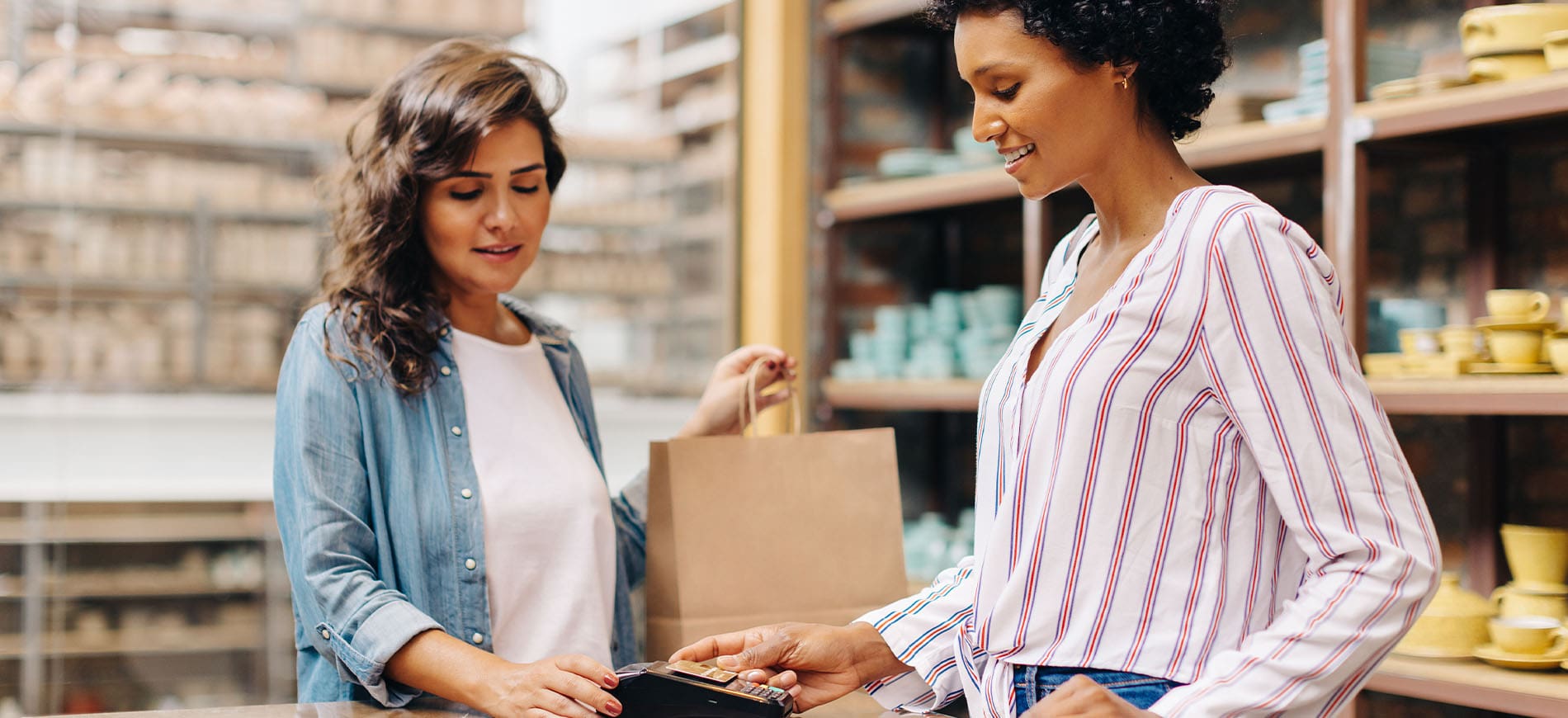Last year, Senior Trends Analyst Diana Kelter wrote about the growing prominence of burnout and the role the fitness space played in serving as a cure. With 2020 creating its own unique form of burnout, Diana is revisiting how fitness is just as relevant as ever through the lens of Mintel’s Seven Trend Drivers.
In 2019, the context of burnout largely revolved around fast-paced, on-demand lifestyles. The events of 2020 have inherently removed those challenges with consumers forced into a slower pace of life, but the pandemic has brought to life a different kind of burnout. According to Mintel’s US COVID-19 Tracker (for the week of July 15 – July 22) three in five US consumers are worried about the risk of being exposed to COVID-19 and nearly the same are worried about how the outbreak is affecting their lifestyle. With routine and normalcy being a hard thing to come by in 2020, fitness has become an important outlet for consumers. With nightly walks replacing social happy hours, the evolution of the fitness space during the age of COVID-19 can be explored by looking across Mintel’s Seven Trend Drivers; Wellbeing, Technology, Value, Experiences, Rights, Identity, and Surroundings.
Wellbeing
The pandemic has brought wellbeing to the forefront of consumer lifestyles and the connection between physical and mental health is demanding that brands offer holistic wellbeing solutions. Exercise and mental wellbeing have increased in priority with Mintel’s latest COVID-19 tracker data highlighting that more than one-third of US consumers say exercise has become a higher priority and more than two in five say mental wellbeing has become a higher priority.
What this means: Consumers’ daily lives are no longer coordinated around schedules like they once were and that means fitness is becoming a more flexible part of the day as a result. At the end of April, Spotify launched ‘Daily Wellness’ in both the US and the UK that’s designed to provide wellness inspiration throughout the day. Individuals are gradually starting to anticipate that some level of wellbeing focused benefits will be a component of the brands and services they engage with. This means that even brands that don’t live directly within the wellbeing space have clear opportunities to curate resources that can be utilized whenever and wherever.
Technology
Technology has gone from being seen as the cause of burnout problems to being a necessary solution for connection in this new reality. Mintel’s 2030 Trends predicted that technology would accelerate the ability to embrace fitness in smaller spaces and the pandemic has accelerated that reality. Mirror, the fitness company that offers on-demand fitness classes through a physical mirror, embraces the mentality of people bringing fitness directly into the home. This seamless blend between a stand-alone mirror and on-demand fitness creates less of a need to have a designated fitness space in the home and rather blends it into existing living spaces.
What this means: Prior to the pandemic, technology was mainly relevant in fitness through a wearable mentality and consumers relied on wearable technology to track their fitness goals, such as heart rate, number of steps, and more. Now consumers are going to have a more holistic connection with technology as they will rely on it for every aspect of a workout.
Value
The Value Trend Driver emphasizes that consumers seek a tangible benefit from their investments, which incorporates investments of both money and time. With more consumers making the switch to at-home fitness, either through large scale investments like a Peloton or monthly subscriptions to a fitness database, consumers expect that the offering of services matches the level of investment.
What this means: With uncertainty around the return of on-site fitness classes, consumers are preparing to invest in at-home fitness on a longer-term basis. Peloton’s community has become a core value add for the service. It not only drives word-of-mouth engagement, but it also creates a sense of accountability with users able to virtually take classes together. Personal investment in fitness products will largely depend on the community involvement that surrounds the product to drive and maintain usage.
Experiences
With travel plans and events canceled, summer 2020 has shined a light on simple summer moments, and several of those experiences have brought to life a more casual view of fitness. Casual walks and bike rides are occurring not for the sake of getting from point A to point B, but more so just to enjoy the experiential value of those activities.
What this means: Experiences are going to look different beyond the summer months, with the evolution of the pandemic uncertain for consumers. As winter approaches, fitness brands should start to prioritize experiential fitness elements within the home. The direct-to-consumer (DTC) retailer Outdoor Voices was well-known for offering in-person experiential workouts before the pandemic, but the retailer quickly pivoted to offer virtual workouts in partnership with various fitness teachers and organizations. The classes take advantage of seasonal components, such as a weekly summer sunset yoga series. The brand will likely find ways to engage winter elements into their classes.
Identity
The influence of fitness continues to expand into the fashion industry, with several publications declaring 2020 the year of bike shorts. Biking has significantly increased in popularity during the pandemic and bike shorts have expanded to become a fashion staple for various daily activities. The athleisure sector was already a growing sector of the retail industry prior to the pandemic, but it’s clear that fitness trends will play a role in expanding the popularity of specific types of apparel.
What this means: As work from home culture continues to be the norm, athleisure basics are evolving from being one component of a wardrobe to a core component. As emphasized in the Value Trend Driver, consumers are going to be looking for pieces that emphasize quality and durability, but also versatility and self-expression. Lululemon recently started offering virtual shopping assistance where customers can book an appointment to chat with an expert about styling and fit. Fitness-focused retailers have a clear opportunity to lean further into styling guidance as consumers embrace athleisure clothing on a more consistent basis.
Surroundings and Rights
Outdoor space has become a prime commodity during the pandemic and it has correlated with consumers demanding protection as they utilize public spaces in a safe manner. At the onset of the pandemic, cities across the globe blocked off streets for the use of exercise and bike lanes became a stronger focus for cities to prioritize. A demand for inclusive and equitable use of outdoor spaces is going to become a more common element that consumers seek and expect from their local governments.
What this means: The concept of rewilding (bringing outdoor elements into urban spaces) was already a growing concept prior to the pandemic as consumers associated nature with being a retreat from living in front of screens. Currently, nature continues to be a retreat for mental wellbeing, but it’s also being valued through an entirely new lens of functionality. Consumers will demand a variety of outdoor space that provides a blank slate for various activities, such as parks, while simultaneously demanding that cities create safe options for cyclists, bikers and walkers.
What this means for brands
Now is a key time for brands to embrace the full spectrum of fitness. While there are highly engaged fitness enthusiasts, there are also several consumers just starting to engage in fitness during this lockdown period. This category of consumers needs to be inspired versus overwhelmed and they are going to look to brands that can prove to be a trusted resource to keep them engaged and focused on their own personal fitness journey.







































